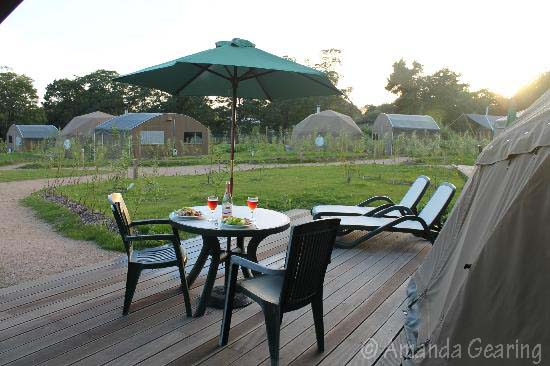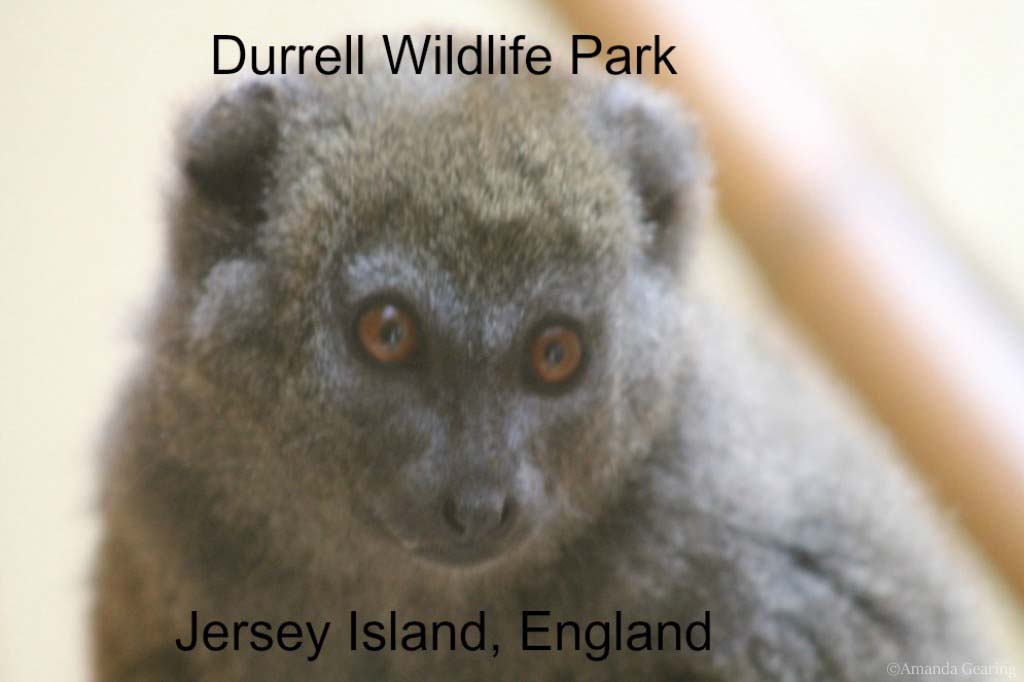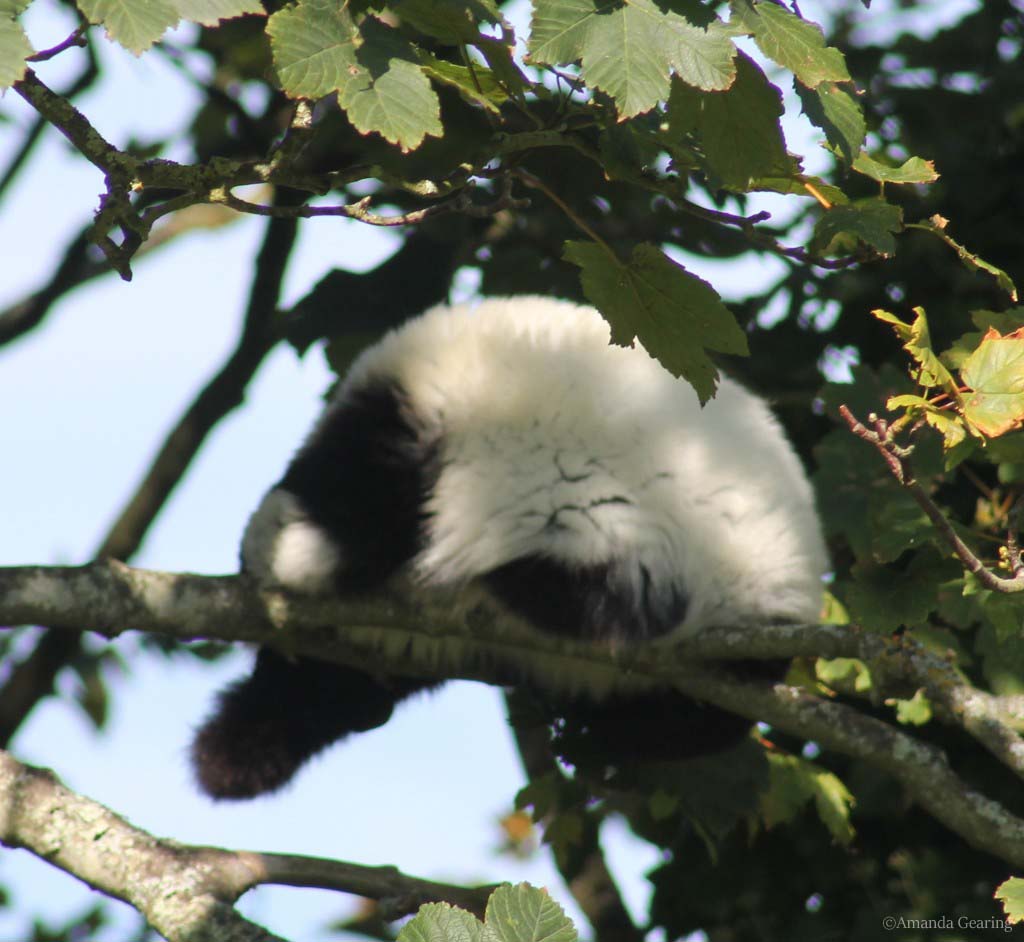Updated on July 28, 2013
On safari in Jersey
Ever since I read Gerald Durrell’s fabulous children’s book Toby the Tortoise and My Family and Other Animals I have been interested in his wildlife preservation work.
The trip to Jersey was a great opportunity to visit his wildlife park.
Durrell and the park staff have pioneered preservation of endangered species since long before it was a politcally correct activity.
The park is now home to a wide variety of animals from around the world, kept in enclosures which give them room to roam unlike the cramped and bare exhibits often found in zoos.
A recent addition to the Wildlife Park is an area where visitors can stay overnight in a safari-like atmosphere close enough to the animals to see their early morning and dusk activities when many animals are more active that at any other time of the day.
The glamping sites were opened in 2012 and have quickly become popular, especially with family groups.
Glamping (glamorous camping) allows visitors to get closer to the natural environment they want to experience, without sacrificing the home comforts of their own bedroom, bathroom and kitchen.
The Durrell Wildlife Park glamp is next to the large lemur enclosure. It provides large domed canvass safari tents for sleeping and separate tents for your private kitchen and bathroom facilities – complete with showers and ceramic toilets and wash basins.
Glamps are a great way to introduce children to camping, as there are no open fires and the children will have their own teepee-style tent.
The glamping area is beside the lemur enclosure so visitors can see and hear the amusing dusk and dawn antics of these beautiful (but fairly boisterous) animals.
To book, see the Durrell Wildlife Park website
- Durrell Wildlife Camp, Jersey | Luxury Camping
Wind down in the wild at Durrell Wildlife Camp, an exclusive luxury getaway experience, and let the sights and sounds of our wildlife park in Jersey transport you to the forests of Madagascar. As well as the opportunity to get close to some of the animals.


The glamp has free wifi access, a woodburning stove in the main tent and a BBQ and eating area.
Camping fees include the cost of entry to the Wildlife Park and free parking, and are a little cheaper than most hotels and apartments in Jersey. See the website for current prices.

Gerald Durrell – his life and work
Durrell was born in Jamshedpur, India in 1925, to English expatriot parents Louisa Dixie and Lawrence Durrell.
The family moved to England after his father died, in 1928 and settled in South London.
Mrs Durrell left England again seven years later with her children to live in on the Greek island of Corfu after her eldest son moved there. Although they only stayed for two years, Gerald was home-schooled and spent a lot of time roaming the island and adopting native animals and birds as pets. He later wrote some children’s books and adult books based on his time in Corfu including My Family and Other Animals; Birds, Beasts, and Relatives and The Garden of the Gods.
One of Gerald’s home tutors was a Greek doctor, scientist, poet and philosopher Theodore Stephanides who became his close friend and mentor.
The family moved back to England in 1939 at the outbreak of World War II. Gerald worked at an aquarium and pet store until he was called up for the war in 1943. He was medically unfit but went to work on a farm.
After the war eneded, he found a job at Whipsnade Zoo which later yielded other books: The Stationary Ark and Beasts in My Belfry.
Two years later he set off on his first wildlife collection expedition, to Cameroon and sold the animals he brought back to the London Zoo, Chester Zoo, Paignton Zoo, Bristol Zoo and Belle Vue Zoo in Manchester. He embarked on many expeditions over following decades, returning with exotic endangered wildlife for captive breeding programs in order to preserve the animals.
In 1951, Durrell married Jacqueline Wolfenden, and the two went on expeditions together, and founding Jersey Zoo. In order to raise extra money, Gerald started writing about the animals he collected and the humorous events of his life. His first book, The Overloaded Ark, was a great success and was followed by My Family and Other Animals in 1956 which became a bestseller and helped fund his following expeditions.
Durrell believed zoos should be run as reserves where endangered animals could be bred in captivity to protect endangered species.
The aim of hIs final expedition to Cameroon in 1957 was to collect animals and birds for his Jersey Zoo. This expedition was filmed and became a successful movie To Bafut with Beagles.
He also became a broadcaster, telling stories of his life in Encounters with Animals on the BBC over following decades.
Gerald founded Jersey Zoological Park (now Durrell Wildlife Park) on a site that had been a 16th centruy manor house, in 1958.
He leased the manor house, set up the exhibits and opened for business in March 1959.
Durrell persuaded the Fauna and Flora Preservation Society to begin a World Conference on Breeding Endangered Species in Captivity as an Aid to their Survival in 1972 at Jersey.
During the 1970s Durell’s experience in breeding rare species in captivity was in high demand. He visited Mauritius several times and coordinated large scale conservation efforts to breed native birds and reptiles.
Jacquie Durrell divorced Gerald Durrell in 1979 nad he remarried Lee McGeorge, an expert in animal communication. Lee co-authored several books with Gerald including The Amateur Naturalist.
In 1978 Durrell started a training centre at the zoo and helped establish the Captive Breeding Specialist Group of the World Conservation Union in 1982, and the Wildlife Preservation Trust Canada, now Wildlife Preservation Canada, in 1985.
In 1989, Durrell and his wife, David Attenborough and cricketer David Gower helped launch the World Land Trust (then the World Wide Land Conservation Trust).
In his later years, Gerald had a hip replacement due to arthritis and a liver transplant 1994. He died of septicaemia in 1995 in Jersey General Hospital. His ashes are buried in Jersey Zoo.
A memorial celebrating his life and work was held at the Natural History Museum in London on 28 June 1995, attended by personal friends including David Attenborough and HRH Princess Anne.



Recent Comments